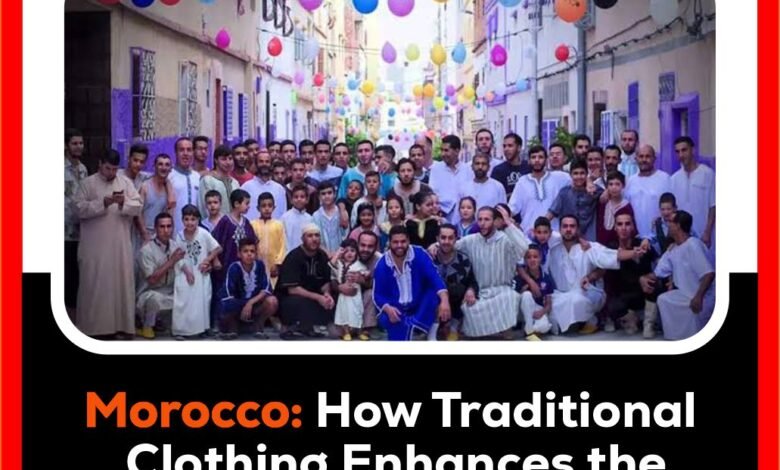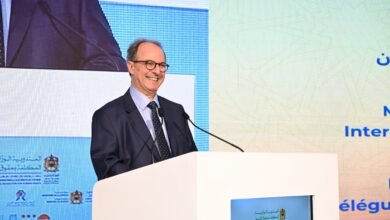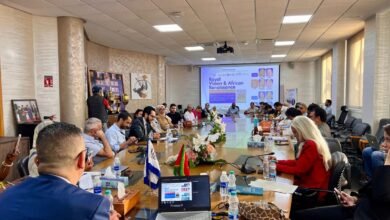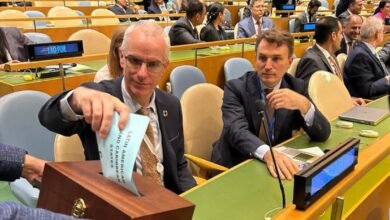Morocco’s Traditional Clothing Enhances the Eid Festivities.

Eid in Morocco is more than just a celebration – it’s a grand, joyous expression of culture, family, and tradition. As the holy month of Ramadan comes to an end, the streets come alive with colorful displays, delicious food, and an unmistakable energy that fills the air. But one of the most visually striking parts of Eid in Morocco is the traditional clothing worn by men, women, and children, which plays an important role in the festivities.
The clothes people wear during Eid are not just about fashion; they are a way of honoring centuries-old customs and celebrating Moroccan heritage. From the intricate details of the designs to the rich fabrics and the way they’re worn, traditional attire adds a layer of significance to the celebration that can’t be overstated.
For women, the caftan is one of the standout pieces of clothing during Eid. These beautiful, often hand-embroidered dresses come in a wide range of colors, from soft pastels to bold, vibrant hues. The caftan is not just a garment; it’s a statement. The intricate embroidery, often done with gold or silver thread, showcases the skill and artistry passed down through generations. When a woman steps out in her caftan for Eid, it’s not just about looking good—it’s about honoring her ancestors and her place in the long line of Moroccan tradition.
On the other hand, the djellaba, worn by men, is another iconic piece of Moroccan clothing that plays an important role in the Eid celebrations. With its flowing lines and comfortable fit, the djellaba comes in many different styles. Some are plain and simple, while others are more elaborate with embroidery, making them perfect for a special occasion like Eid. Men also wear gandoras, another form of traditional attire, especially during more formal celebrations. Both garments help create a sense of unity, as many Moroccans wear these clothes with pride during religious and family gatherings.
For children, Eid is an even more magical time. Little ones often wear miniature versions of adult attire, with vibrant, playful designs and fabrics. The bright colors and joyful patterns reflect the excitement and happiness that Eid brings to young hearts. When the family gathers together in their traditional clothes, it’s an unforgettable sight—a moment where the past and present come together in a perfect celebration of Moroccan culture.
Beyond the aesthetic, traditional clothing is deeply tied to the spiritual and social meaning of Eid. It’s a way for people to show their respect for the occasion and for each other. The act of dressing up for Eid isn’t just about looking good; it’s about showing gratitude and respect for the blessings of the year, while also embracing the communal spirit that defines the holiday.
Whether it’s the elegant caftan, the flowing djellaba, or the colorful attire of children, the clothing worn during Eid in Morocco elevates the celebrations, creating a deeper connection to the culture and to each other. As people come together to mark the end of Ramadan, the beauty of traditional clothing serves as a reminder of how culture, family, and faith can come together in the most beautiful of ways.





